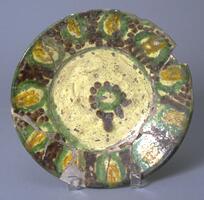70 UMMA Objects
70 UMMA Objects

Iranian (Iranian)
Deep bowl with vegetal and calligraphic designs
10th century
Museum purchase made possible by the Margaret Watson Parker Art Collection Fund
1961/1.185

Iranian (Iranian)
Star-shaped tile with molded floral design
1400 – 1599
Transfer from the College of Architecture and Design
1972/2.135
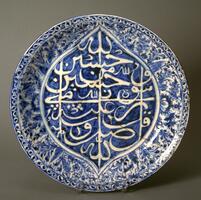
Ali ibn al-Hajj Muhammad
Platter with an inscription from a Hadith [a saying of the Prophet Muhammad], signed by Ali ibn al-Hajj Muhammad
1600 – 1799
Transfer from the College of Architecture and Design
1972/2.158
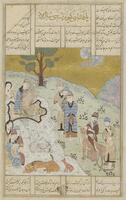
Iranian (Iranian)
Gaiumart the First Shah, from the Shahnama of Firdausi
1455 – 1465
Museum Purchase
1963/1.40
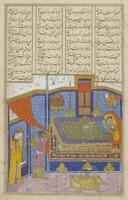
Iranian (Iranian)
Tahmina Comes to Rustam, from the Shahnama of Firdausi
1455 – 1465
Museum Purchase
1963/1.46
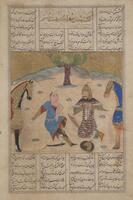
Iranian (Iranian)
Rustam Slays Suhrab, from the Shahnama of Firdausi
1455 – 1465
Museum Purchase
1963/1.47
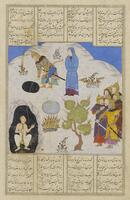
Iranian (Iranian)
Rustam Takes Bijan out of the Pit, from the Shahnama of Firdausi
1455 – 1465
Museum Purchase
1963/1.54
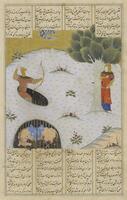
Iranian (Iranian)
Rustam Slays Shaghad and Dies, from the Shahnama of Firdausi
1455 – 1465
Museum Purchase
1963/1.63
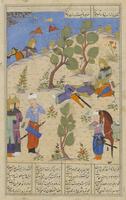
Iranian (Iranian)
The Death of Dara, from the Shahnama of Firdausi
1455 – 1465
Museum Purchase
1963/1.64
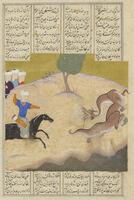
Iranian (Iranian)
Bahram Gur Slays a Dragon, from the Shahnama of Firdausi
1455 – 1465
Museum Purchase
1963/1.70
Loading…
